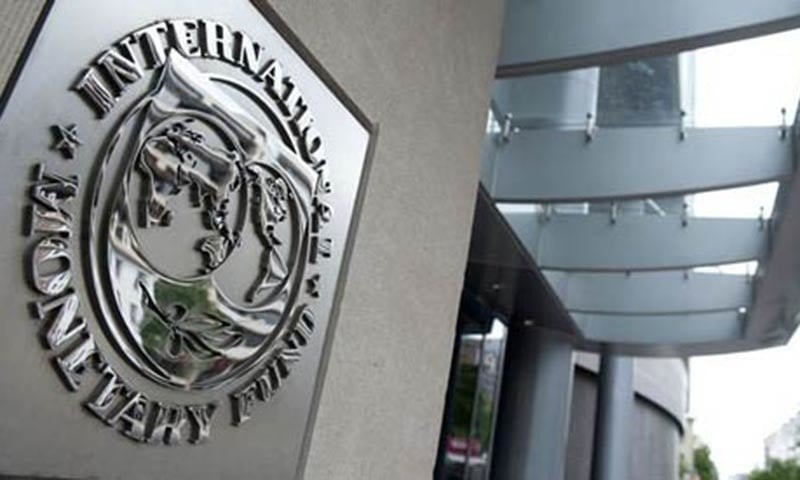
“The IMF’s executive board has completed the final review of Pakistan’s three-year economic programme, supported by an Extended Fund Facility,” said Tokhir Mirzoev, the Resident Representative of the IMF. He said the decision would enable the disbursement of final tranche of about $102.1 million.
“We congratulate the authorities on this accomplishment,” said Mirzoev.
IMF clears way for final $102m tranche

Though Pakistan has achieved the targets set in the programme such as reducing inflation and achieving relatively higher economic growth rate, it failed on key end-programme targets like reducing budget deficit, broadening tax base, privatising public sector enterprises and lowering public debt.
Like in the past, the executive board granted two waivers to Pakistan, as the country could not meet targets on budget deficit and net domestic assets (NDA) of the State Bank of Pakistan (SBP) for the period of April-June 2016.
IMF Managing Director Christine Lagarde is visiting Pakistan next month to discuss the post-programme agenda with the government, in addition to seeking feedback from other stakeholders.
The IMF executive board noted the progress Pakistan had made on the economic front during the last three years. Going forward, the IMF has emphasised that Pakistan should further strengthen its public finances and external buffers, broaden the tax net, improve public financial management, strengthen monetary policy framework, address losses in PSEs, complete the energy sector reforms, and accelerate competitiveness-enhancing improvements of the business climate, including the trade regime.

Before Pakistan became part of the IMF’s Extended Fund Facility programme, the international lender conducted an assessment that projected the country’s situation for a scenario when no reforms would be implemented and a scenario when they would be.
IMF clears payment to Pakistan in 3-year programme
The IMF’s without the reform scenario predicted 3% economic growth rate in 2016 and the reform scenario showed it at 3.7%. However, it remained at 4.7% by the end of 2016 -- better than the reform scenario’s projections. Yet the rate is lower than 7% needed to create jobs for incoming youth every year.
The IMF had projected 11.3% inflation under its baseline scenario and 7% in reform scenario. The inflation during the last fiscal year remained at 2.9%. The IMF’s baseline scenario showed 9% budget deficit in 2016 and 3.9% in case of reforms. However, the actual budget deficit remained at 4.6% of the GDP at the end of the programme -- missing the target.
Another gray area was the level of the country’s indebtedness. The baseline scenario projected 63.6% of GDP debt by 2016 and reform scenario showed it at 60.5% of the GDP. However, the debt to GDP ratio remained close to 65% last year, higher than even the reform scenario projections.
The gross foreign currency reserves reached to a point, which are sufficient to provide cover to four-month import bill -better than reform scenario projections of the IMF.
Published in The Express Tribune, September 29th, 2016.










































COMMENTS (2)
Comments are moderated and generally will be posted if they are on-topic and not abusive.
For more information, please see our Comments FAQ